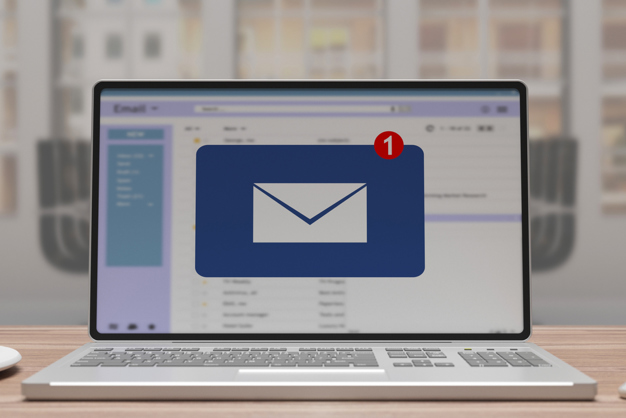
Understanding Email Marketing Metrics: How to Measure Email Marketing Success
It’s impossible to measure email marketing success without the right data. Find out how what different metrics mean and why they matter to your campaign. …


Email marketing is a crucial part of the sales process. It adds a vital touchpoint to share critical information, build trust, and nurture leads. Studies have shown that businesses integrating email marketing with sales efforts can see significant improvements in conversion rates – a key metric in measuring a campaign’s effectiveness.
A good salesperson understands their client’s needs. When you get on the phone with a prospect, you are familiar with them and their business – paving the way for productive conversations. By integrating email marketing into your sales efforts, you build stronger relationships with prospects and achieve greater results. Read on and learn more about how email marketing can effectively support your sales efforts and help you close more deals.
Email and sales efforts are a powerful combination when working in unity. When paired, they enhance conversion rates, build stronger relationships with prospects, and close more deals.
Simply sending emails as a sales tool won’t align your marketing efforts – they’re just tools after all. It is critical to implement a cohesive email marketing strategy to take full advantage of the integration with your sales efforts.
Quickly following up with leads and prospects is essential to maintaining interest and keeping them engaged. Ensure your website forms (contact forms, content download forms, quote forms, etc.) connect to a nurture automation in your marketing automation platform.
Automated lead nurturing guarantees that leads who fill out forms receive timely automated emails. These messages can educate them about your business while they wait for a sales team member to reach out to provide them with the following:
Your sales team can’t always predict when a lead comes through. Setting up email notifications to alert your sales team when a website form is submitted helps them promptly follow up with the people who may give your business money.
Be sure the notifications include relevant information like the lead's name, email, phone number, and the form they submitted. These details will help with timely follow-up and will make the lead feel valued.
Like a plant needs light and water to grow, your leads need to be nurtured once they submit a form. After your sales team has contacted and scheduled a time to connect, enter the prospect into a sales nurture automation to educate the prospect on your sales process, company, and what to expect during the first call and subsequent interactions.
Not every lead will be responsive and schedule a meeting with you. Rather than having your sales team manually follow up with unresponsive leads, enter them into a follow-up automation designed for unresponsive leads.
This process frees up time to deal with ready and willing prospects while actively following up with the unresponsive leads through automation. Automating follow-up emails not only saves your sales team time, but also ensures that no lead is overlooked – increasing the chance of eventual engagement.
You can only improve your processes with productive feedback. Email is an excellent tool for receiving feedback on your sales process and what you can do to create a better customer experience. While not every lead converts, you can still learn from these experiences, empowering you to make informed decisions for future interactions.
Feedback and metrics help improve your sales process and the effectiveness of your content strategy. Close coordination between the sales and marketing teams allows both to fine tune their process and use shared data and goals to help support larger company initiatives.
Email marketing is an essential tool that amplifies your sales efforts by providing additional touchpoints, nurturing leads, and building trust. Integrating email with your sales process can enhance prospect communication, improve conversion rates, and ultimately drive more sales.
Ready to align your sales and marketing efforts? Aztek partners with organizations to elevate their digital marketing strategy to achieve greater success. Reach out today to talk to our team about how we can support your marketing efforts.
